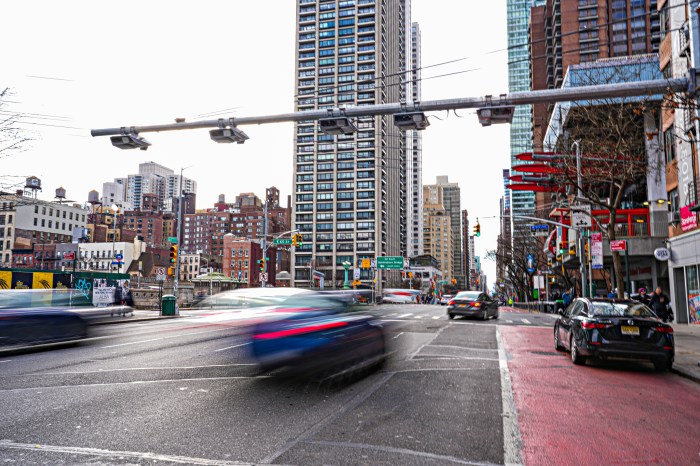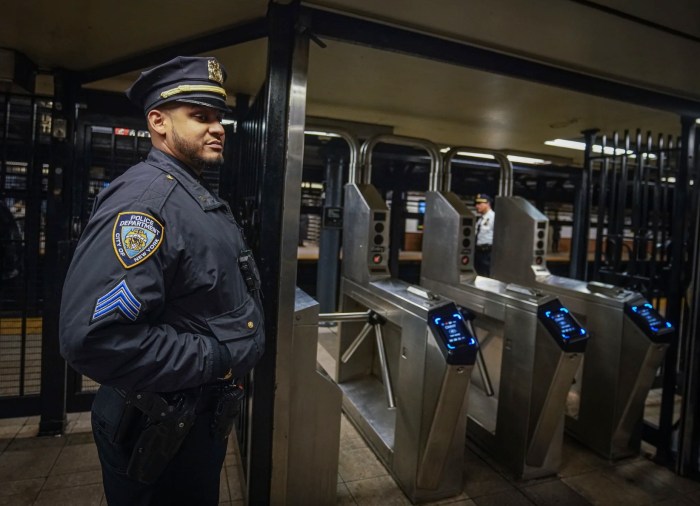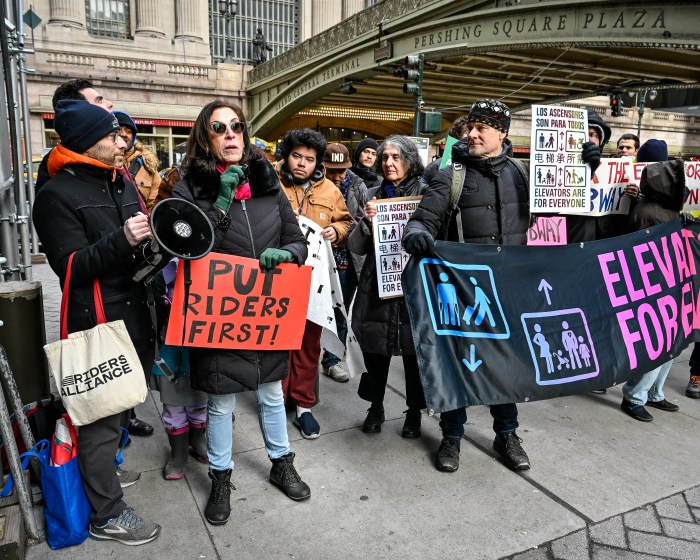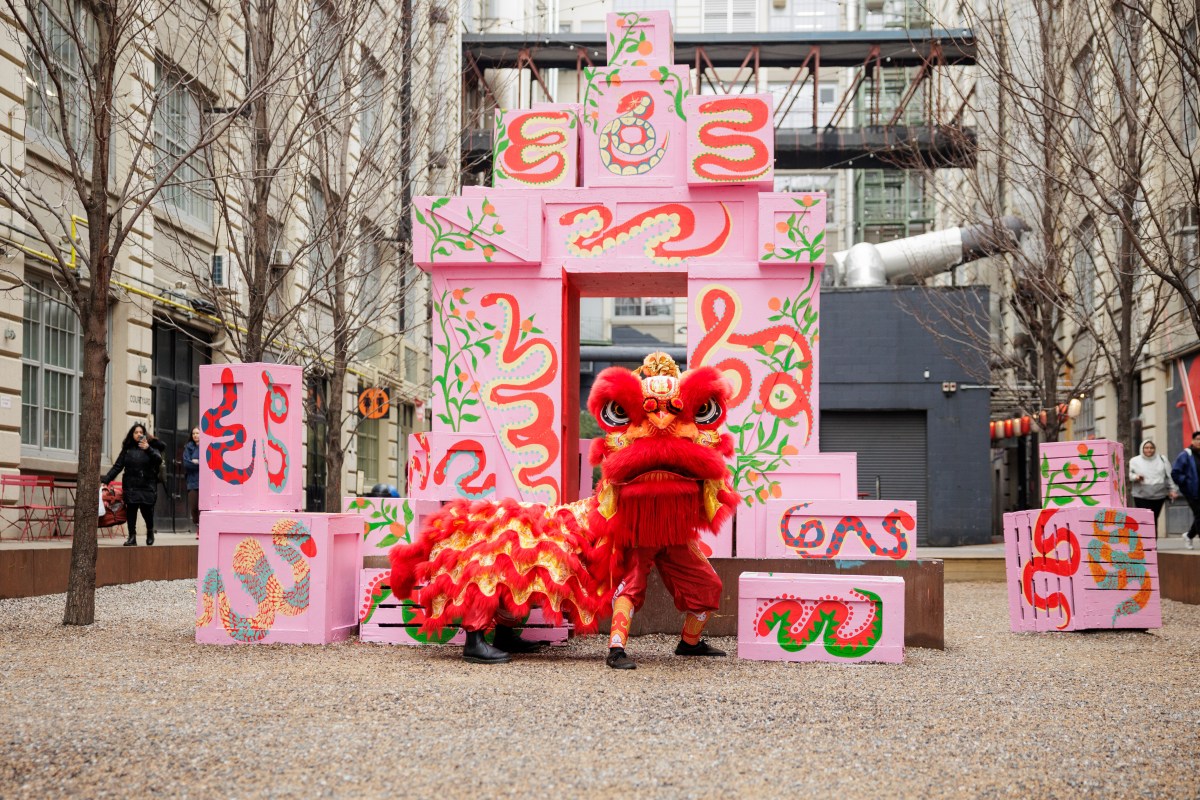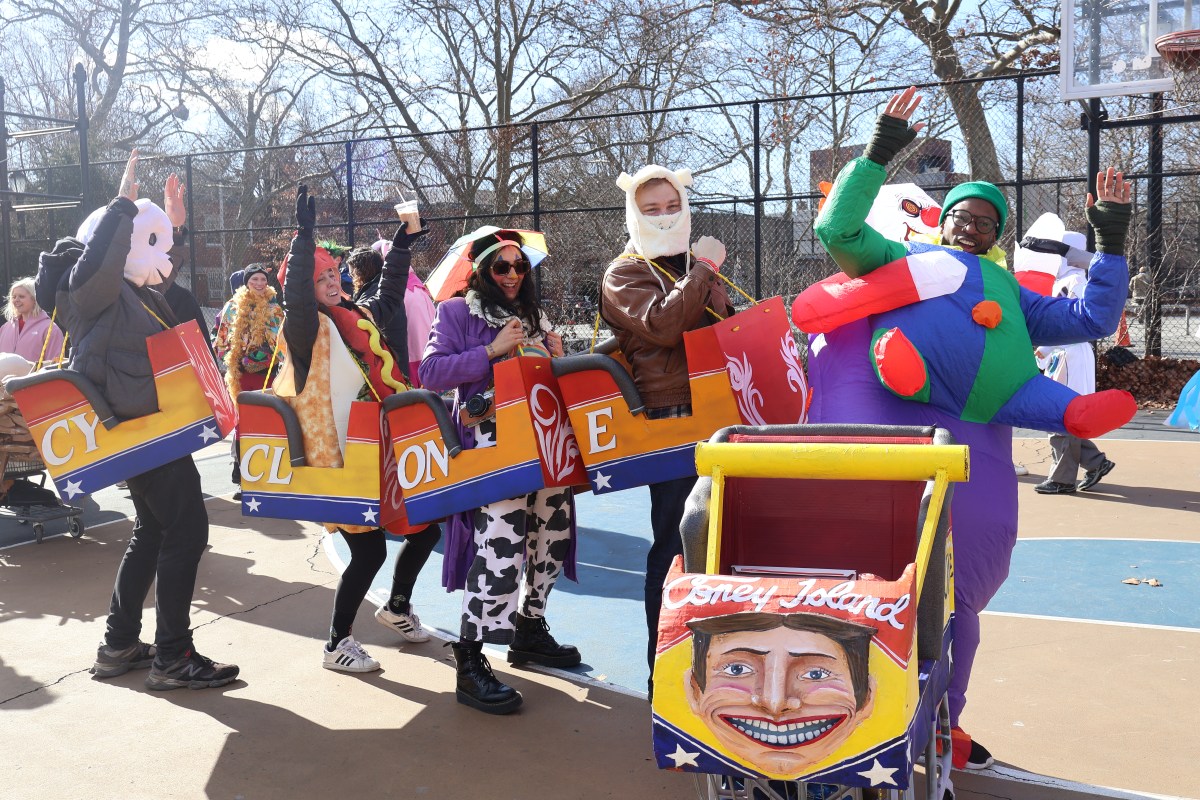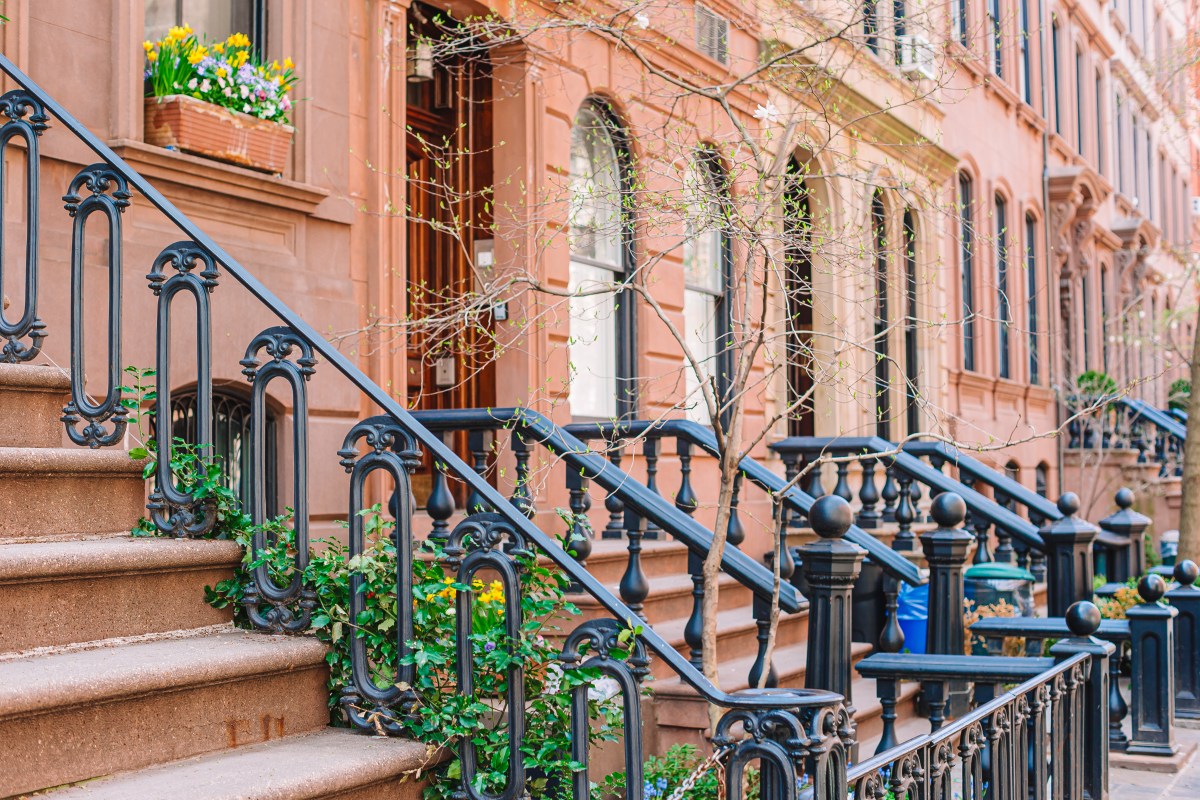
An iconic MTA bus model took one last crawl through New York City traffic on Monday.
Gawkers gathered among commuters as the last Rapid Transit Series, or RTS, bus completed its final M55 route from Manhattan’s Midtown West down to the Financial District. The white-and-blue bus, with its signature curved windshield and chrome headlights, dated back to 1981 and was ubiquitous through New York City in the 1980s and 1990s.
“This is the bus of my childhood, you know, riding them to school. I grew up with them in Queens and the Bronx," said Kareem Williams, 27, of Springfield Gardens, who rode the whole route just to be on the bus one last time. “It is a little bittersweet.”
The buses, which burned diesel, were not environmentally friendly by today’s standards. They were wheelchair-accessible in theory, though riders had long complained of habitually broken lifts. A recent report found that in Brooklyn, poorer neighborhoods such as East New York and Brownsville were served by an inordinately high number of the RTS buses before they were finally retired. All the more reason for the MTA to celebrate its farewell.

Bus operators on Monday gathered around the last bus, which went into service in 1999, to take photos before it left the Michael J. Quill Depot.
“I’m going to miss these buses,” one operator lamented.
“We all miss these buses,” another assured.
To operators, the RTS was known for its futuristic look and for being the first models to feature power steering. More than 4,000 RTS’s once lumbered through the streets of New York. Darryl Irick, president of the MTA bus company, drove the buses as an operator, just like his father did.
“It does bring back fond memories of my dad ….at the time I came on the job in 1986 this was one of the new buses, so we clamored as bus operators to try and get one of those buses,” Irick said. “It brings back very fond memories of a very special time in my life and my career.”
The MTA’s goal is to keep buses in service for 12 years, though it often doesn’t hit that target; fifteen years is more typical, said Irick. As the authority phased out the RTS, it transitioned to clean diesel or hybrid engines, and has more recently begun testing out all-electric buses, pledging to convert its entire fleet of roughly 5,500 buses to such models by 2040. There are currently more than 3,000 clean diesel buses in the MTA’s fleet, along with another 1,700 hybrid-electric buses and 745 compressed natural gas (CNG) buses.
As of Monday, the MTA is piloting 10 leased electric buses and is capable of charging them at two depots: At Michael J. Quill and the Grand Avenue Depot, which serves Brooklyn and Queens. It recently bought another 15 all-electric articulated buses for the M14 route along with more charging equipment at the Michael J. Quill Depot, as well.
There are plans to purchase another 45 electric buses this year, and the MTA hopes to buy “hundreds” more through the soon-to-be-unveiled capital plan for 2020 to 2024.
“All these [electric] batteries now have a battery thermal management system: In the winter, it warms them up; in the summer it keeps them cold,” said Ashley Rose, who oversees the MTA’s electric bus program. “They like to be about 70 degrees … we try very hard to keep them that way,”
But the power source doesn’t make bus service any more reliable. The last RTS was stuck in traffic, stalled in several light cycles as it moved from the depot along 42nd Street. Advocates rank the route as one of the worst in the city, with buses on the route moving at 4.3 miles per hour — just more than a mile-per-hour faster than the average human’s walking speed.
“This costs us money,” said Irick, frustrated while riding along the slow-moving RTS.
Riders have fled bus service as the MTA struggles with speed and reliability issues. Annual ridership on New York City Transit bus service dropped nearly 8.5% between 2010 and 2017, from 697 million to 638 million, according to the city’s most recent mobility report.
At the depot, Irick touted new initiatives the MTA is working on with the city, such as expanding the use of technology to give buses priority as they try to get through intersections, redesigning each borough’s routes and taking on a small pilot of bus-mounted cameras to ticket bus-lane blockers — programs outlined in the authority’s 2018 Bus Plan to improve service.
“You’ll see iterative steps of progression in the various aspects of our overall bus plan,” he said.
Many of the camera-toting riders who flocked to the M55 for the last RTS run didn’t care how fast the bus was moving. One commuter trying to get across town, however, just shook his head.
“I’m not impressed by any of this crap,” he said after being alerted to the news. “It’s just a bus.”
MTA bus breakdown, by engine:
- 3,000+ clean diesel buses
- 1,700 hybrid-electric buses
- 745 compressed natural gas buses
- 10 all-electric buses
- Total: Nearly 5,500 buses



